NYC’s Forgotten ‘War on Christmas Trees’
Discover how an obscure holiday crackdown affects festive street vendors today!

 The Provident Loan Society, in former location of 19th Ward Bank at 180 East 72nd Street. Photo from Library of Congress.
The Provident Loan Society, in former location of 19th Ward Bank at 180 East 72nd Street. Photo from Library of Congress.
Pawn shops have long been known to take advantage of a community’s poor and desperate, even with an attempt to rebrand the businesses as upscale “loan offices” to the more well-off in the early 20th century. On the opposite end of the spectrum was the Provident Loan Society, a non-profit pawn shop founded in 1894 with money from the city’s most influential, including Cornelius Vanderbilt, J.P. Morgan, and August Belmont. The architecture of the Provident Loan Society that remains today, deemed by Christopher Gray in his New York Times Streetscapes column “the best-looking pawnshops ever,” reflects a concerted operational strategy to provide access to all New Yorkers in need.
The incorporated Provident Loan Society was created at the recommendation of the Charity Organization Society following the Financial Panic of 1893, with the aim to “lend money at reasonable rates to the poor upon pledge of personal property.” When founded, loans were made at a uniform rate of 1% compared to the 2 to 3% legally allowed by other pawn shops at the time. Financial return to contributors to the society was maxed at 6%, with the trustees deriving no salaries or earning for their services.
Finding it difficult to lease buildings with all the necessary facilities, the society utilized its surplus earnings to purchase and build their own locations. A report in the Industrial Lenders News of 1918 reports that “this policy, which has resulted in the erection of nine buildings and the purchase of two others, has proved a wise one, for it has made possible the extension of operations in offices accessible to the residents of all boroughs of the city…” It also notes the provision of “commodious, dignified public spaces for its clientele of both sexes,” like the above branch in Brownsville.
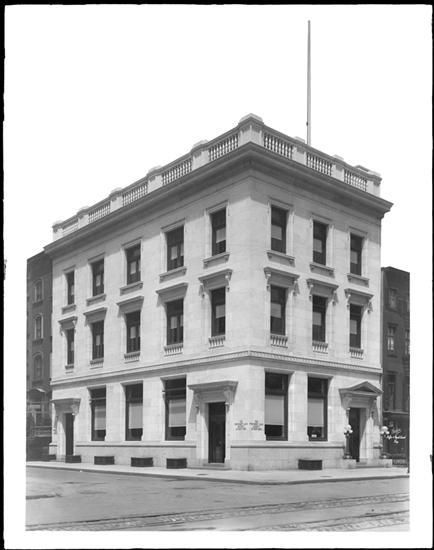
Provident Loan Society location at Park Avenue South and East 25th Street. Image via Museum of City of New York.
This handsome building at Park Avenue South and East 25th Street still exists and operates as the main office of the Provident Loan Society, offering 24% loan rates vs. the 48% legally allowed. Metal letters proclaiming the name of the organization are still on both facades. Christopher Gray writes of this building, “Although [the] main office, at the northwest corner of 25th Street and Park Avenue South, has the elegant air of a private bank, the early branch offices all affected a civic sense,” with an architectural style “equal parts small-town library and neighborhood bank.”
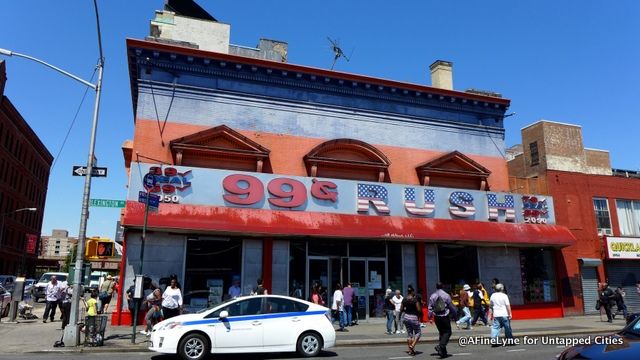 The branch today a 99 Cent Rush store
The branch today a 99 Cent Rush store
In Harlem, this stately smaller branch at the corner of Lexington Avenue and 124th Street still exists but has been converted in a 99 cent store and painted over. The neoclassical tympanum above each window and doorway are still visible but the facade alteration and greatly reduces the simple grandeur of the building at the entrance.

180 East 72nd Street location, as the 19th Ward Bank. Image via Library of Congress.
The branch at 180 East 72nd Street was built originally for the 19th Ward Bank by William Ralph Emerson, a cousin of Ralph Waldo Emerson, built on the property of a 4-story townhouse. Emerson would do an enlarged version of the Greek temple later for the 19th Ward Bank on East 34th Street. The 72nd Street location was later purchased by the Providence Loan Society and continues to operate today as the second of the society’s two branches.
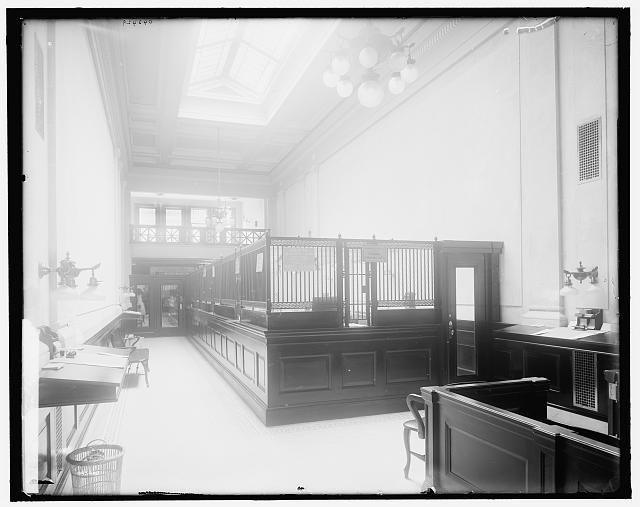
Interior of 180 East 72nd Street location, as the 19th Ward Bank. Image via Library of Congress.

Provident Loan Society at 736 7th Avenue. Image via Museum of City of New York.
This location of the Provident Loan Society at 7th Avenue and 49th Street is either lost or hidden behind massive billboards at Times Square. The building that exists there currently was built c. 1920 and there are photographs of this building of the Society up to 1915 at the Museum of City of New York. The current structure has four floors however, so either the old structure was expanded or demolished completely by the 1920s. Today, the building hosts Ray’s Pizza and other businesses on the ground floor.

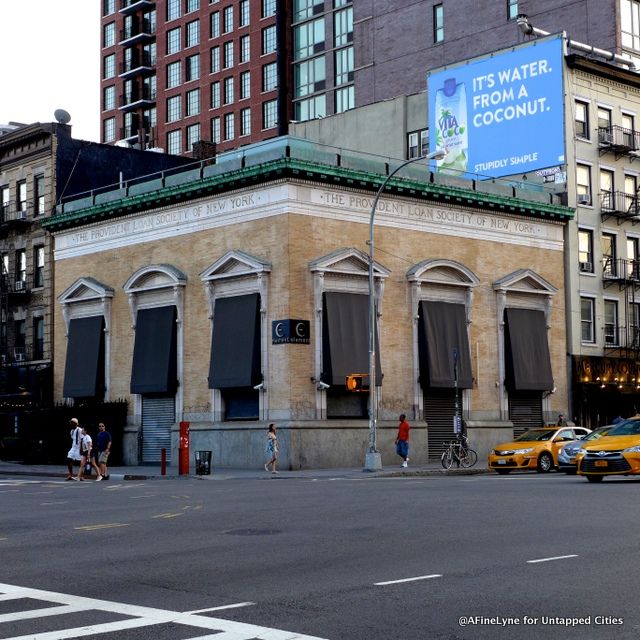
Provident Loan Society at Houston and Essex Street
The Provident Loan Society at the intersection of Houston and Essex Street still stands, right next to Mercury Lounge, but it was reported earlier this year that the 1912 building was under threat of demolition following a sale of air rights from Mercury Lounge to its neighbor.

This Provident Loan Society location in Harlem is now the Greater Zion Hill Baptist Church on Frederick Douglass Boulevard, maintaining most of its original character in the conversion.
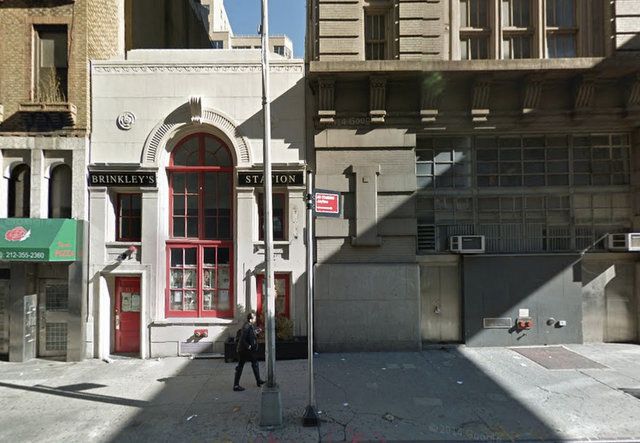
Image via Google Maps
This cute one-story building at 153 East 60th Street, next to Bloomingdale’s was the subject of another Streetcape column by Christopher Gray back in 1994. Since then it was converted in to a restaurant that has changed hand several times, with vaults converted into wine bars and original details, like an arched ceiling and stained glass, recovered under dropped ceilings. Located on the same block as the famed dive bar, the Subway Inn, now shuttered, 153 East 60th Street was acquired along with other plots along this block by World-Wide Group. It can be pretty safe to assume this building may not be there for much longer.

Christopher Gray reports that in 1972, this location of the Provident Loan Society on 72nd Street between Amsterdam and Columbus Avenue, was gutted. It is now a Benjamin Moore paint store.
Next, check out other unique bank conversions in NYC. Get in touch with the author @untappedmich.
Subscribe to our newsletter